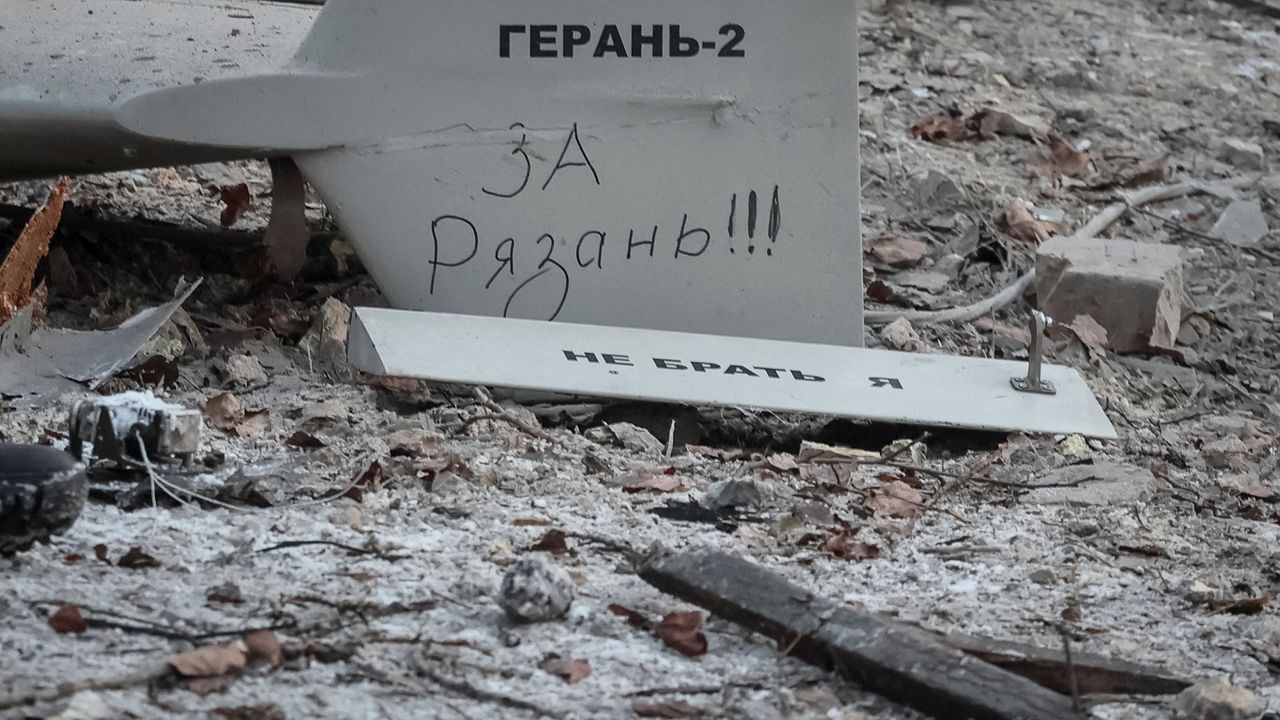
Recent intelligence from Ukrainian sources unveils a compelling discovery: newly acquired imagery of a downed Russian Shahed-136 drone, providing insight into its onboard electronics. Notably, one image showcases a hardware unit devoid of original factory labels, instead marked with ‘DGPS’ and numerical identifiers.
These revelations suggest a potential integration of Differential GPS (DGPS) navigation equipment into Russian Shahed-136 drones, likely aimed at enhancing precision in target acquisition and engagement.
DGPS, short for Differential Global Positioning System, significantly improves location accuracy, a technology not exclusive to military applications but also prevalent in civil engineering, notably in agriculture for precise tillage.
Examining the operational principle of DGPS publicly available, it requires two receivers: one stationary with precise coordinates and the other mobile. Data from the stationary receiver corrects data from the mobile device, often in real-time.
The suspicion of Russian employment of DGPS raises questions, particularly regarding the inclusion of a modem and video camera in one Shahed drone. These additions could potentially verify the aircraft’s position, raising ambiguity about their integration with the DGPS module.
Additionally, scrutiny of the block labeled ADC-PLS-002, previously overlooked, suggests its role in gathering flight speed data, possibly linked to the drone’s pitot tube within the Shahed-136’s wing.
Regarding the Geran-2
The Russian Geran-2 kamikaze drone, also referred to as a loitering munition, is an unmanned combat aerial vehicle (UCAV) engineered for single-use attack missions. It boasts sophisticated electronics, encompassing various sensors and communication systems. These comprise a high-resolution camera for precise target identification and tracking, a GPS system facilitating navigation and control, and a radio communication system enabling remote control and data transmission. Furthermore, the drone is equipped with an autopilot system, granting it the capability to execute pre-programmed flight paths or be manually maneuvered by an operator on the ground.
Constructed predominantly from lightweight composite materials, the Geran-2 prioritizes strength, durability, and aerodynamic efficiency, with its design featuring a pusher propeller configuration located at the rear, enhancing its ability to remain airborne for extended durations.
Functionality of the Geran-2
The operational functionality of the Geran-2 drone combines autonomous and manual control modalities. It can be deployed from diverse platforms, including ground-based launchers or other aircraft. Once airborne, the drone can autonomously traverse pre-determined routes using its autopilot system or be steered manually by a ground-based operator. Upon identifying a target, the drone can be directed to initiate a crash into it, thereby detonating its onboard explosive payload.
Reportedly, the operational range of the Geran-2 drone extends approximately 50 kilometers, though this figure may fluctuate based on variables such as speed, altitude, and environmental conditions. For security reasons, specifics regarding the quantity of explosive carried by the Geran-2 are withheld from public disclosure. Nevertheless, it is acknowledged that the drone possesses a significant explosive payload, capable of inflicting substantial damage upon a target.





